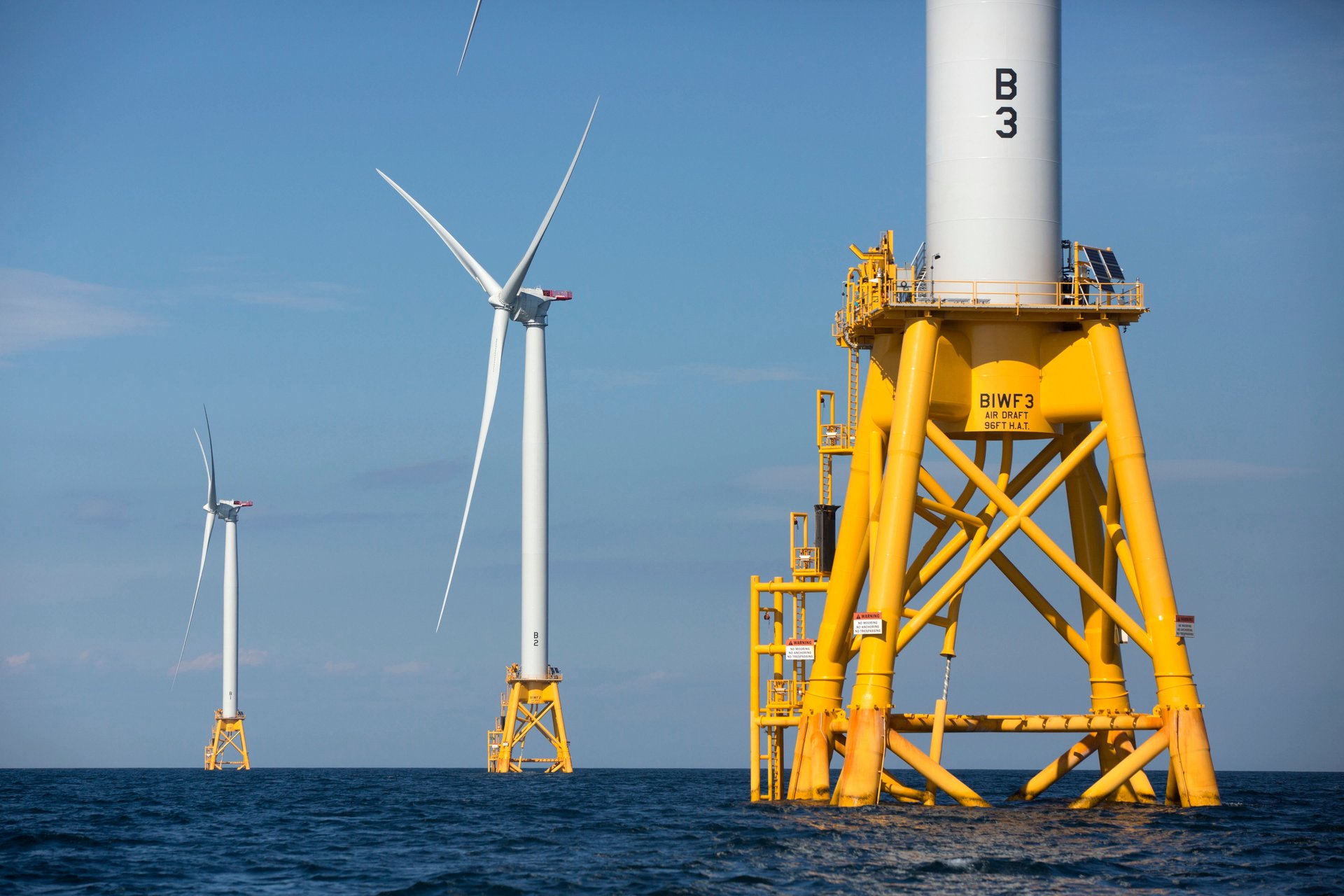Wind farms in the middle of the sea could provide us with “civilization-scale” power
Wind farms out at sea may be the answer to humanity’s insatiable demand for energy.


Wind farms out at sea may be the answer to humanity’s insatiable demand for energy.
According to a new study from the Carnegie Institute for Science in Palo Alto, California, open-ocean wind farms could be three times more effective than land-based ones as they avoid the problem of “wind shadow,” which is when the turbines’ spinning blades create drag and slow the air.
Low-pressure systems at sea, which happen during winter, are able to harness energy from both high- and surface-level winds, meaning the turbines can maintain their wind speed and power output, and cope with the effects of other turbines’ wind shadows.
Recent studies show that land-based wind farms will only provide 1.5 watts of power per square meter, not 7 watts as previously estimated. The researchers predict that annual electricity-generation rates in the North Atlantic ocean could hit more than 6 watts per square meter. Their simulations show that atmospheric circulation patterns over the ocean could allow wind farms to harness the kinetic energy of the entire troposphere—the lowest layer of the Earth’s atmosphere, where most weather occurs—generating three times the power of land wind farms.
If open-sea wind turbines could be set up on a massive, commercial scale and spread across about 3 million sq km (1.15 million sq miles) of ocean, they could meet the current annual global energy demand of 18 terawatts, researchers noted.